Today, enterprises of all sizes operate in cloud environments, where they store and process petabytes of data. This data includes everything from customer information and financial records to proprietary research and strategic plans. The sheer volume and value of this information make it an attractive target for cybercriminals.
In this context, cloud data security has become more than just an IT concern; it's a fundamental business imperative. A data breach in the cloud can have catastrophic consequences, ranging from financial losses and regulatory penalties to irreparable damage to brand reputation and customer trust.
Learn more about the cloud data security best practices that every organization should implement to ensure their cloud-based data's confidentiality, integrity, and availability.
What is Cloud Data Security?
Cloud data security involves protecting data throughout its lifecycle, which includes the creation, storage, use, sharing, modification, and deletion stages. It's a set of tools, controls, and policies that work together to keep data safe from attackers and accidents.
To understand cloud data security better, let's look at two important concepts:
- Data at rest: This is data stored in the cloud, like data inside storage buckets and databases.
- Data in motion: This is data moving between places, such as from your application to the cloud, between different cloud services, or from the cloud back to your application.
Cloud data security protects both types of data by implementing various measures. It prevents unauthorized access, ensuring that only approved individuals and systems can view or modify your data. It also safeguards against data loss or corruption, maintaining the integrity of your information. Additionally, it ensures that authorized users can access the data they need when they need it. These protections work together to create a comprehensive shield for your cloud-based information.
Cloud data security is important because when you use the cloud, you're trusting someone else with your information. While cloud providers have their own security, you're still responsible for how your data is used and protected throughout its lifecycle.
Cloud Data Security Principles
Before we discuss cloud data security best practices, it's important to get a high-level understanding of the principles that underpin these practices. Below, we discuss four core principles of cloud data security:
#1 Least privilege
The principle of least privilege states that users and systems should be granted the minimum levels of access necessary to perform their job functions and nothing more. This principle is crucial for ensuring that access to sensitive data and systems is tightly controlled.
A practical application of least privilege often involves configuring access policies to "deny by default." This means that users start with no or very few privileges and must request and receive approval for any additional access they require. This approach ensures that access is granted only when there is a clear, justified need.
Least privilege is often enforced through role-based access control, where permissions are assigned based on the user's role within the organization. This ensures that users have access only to the resources they need for their specific job functions.
#2 Zero trust
The zero trust approach assumes that all business transactions and data flows are potentially malicious, regardless of whether they originate from inside or outside the network. Therefore, every interaction must be continuously validated to ensure that only authorized users and devices can access sensitive business data.
In essence, the zero trust principle can be summarized as “never trust, always verify”.
Common implementations of zero trust include:
- Requiring encryption and authentication for all connections, even those within supposedly trusted networks.
- Using multi-factor authentication (MFA) for users, with reauthentication required either periodically or when high-risk transactions are initiated.
#3 Defense in depth
Defense in depth acknowledges that nearly any security control can fail, either due to a determined and skilled attacker or flaws in the security control's implementation.
Therefore, multiple layers of security are deployed to guard against potential threats. The aim is to provide redundant levels of defense, ensuring that if one security control fails, other layers can still protect the system. This multi-layered approach offers a more robust and resilient defense strategy.
#4 Shared responsibility model
One of the primary causes of security incidents in cloud environments stems from misunderstandings about the division of security responsibilities between cloud providers and customers. This confusion underscores the critical importance of understanding the shared responsibility model.
The shared responsibility model outlines the security obligations of both the cloud provider and the customer.
Cloud services are generally categorized into three models:
- Infrastructure as a Service (IaaS)
- Platform as a Service (PaaS)
- Software as a Service (SaaS)
Regardless of the service model, the cloud provider is fully responsible for securing the physical infrastructure layer, while the customer is entirely responsible for securing the data access layer. Between these two layers lie the security of the network, operating system, middleware, and application layers. The responsibility for securing these intermediate layers varies based on the cloud delivery model.
For instance, under the SaaS model, the cloud provider is responsible for operating system layer security. However, under the IaaS model, the responsibility for securing the operating system shifts to the customer.
Therefore, when leveraging cloud services from providers like AWS, Azure, or GCP, it is crucial to understand the boundaries of responsibilities within the shared responsibility model. Clearly identifying where the cloud provider's obligations end and where yours begin is fundamental to maintaining a secure cloud environment.
Cloud Data Security Best Practices
Below, we discuss some of the key technologies and best practices used to secure data in cloud environments.
Tokenization
Tokenization is a data security technique used to protect sensitive information in cloud environments. It involves replacing sensitive data with non-sensitive placeholders called "tokens" that have no exploitable value.
The tokenization process typically follows these steps:
- Data transformation: Sensitive data like credit card numbers, social security numbers, or other personally identifiable information (PII) is exported from the organization's systems and sent to a tokenization provider.
- Data extraction: The sensitive data is then extracted from the organization's internal systems and replaced with the generated tokens.
- Operational use of tokens: The tokens, which are mathematically unrelated to the original data, can be used for various business operations without exposing the sensitive information.
- Secure external storage: The original sensitive data is securely stored by the tokenization provider, typically in an off-site "token vault," while the tokens remain within the organization's systems.
- Detokenization: When necessary, the tokenization provider can reverse the process and provide the original data by mapping the token back to the sensitive information stored in the token vault.
Tokenization reduces the risk of data breaches, as the tokens have no exploitable value if stolen. The sensitive data is secured with the tokenization provider.
Encryption
Encryption is crucial in cloud security as it safeguards our data on systems that we do not physically control. It is the process of transforming data into an unreadable format before it is stored or transmitted. This helps protect sensitive data from unauthorized access, even if the data is stolen or intercepted.
Encryption is applied in various forms to protect data in different states:
- Data at rest: Encryption of data stored on physical media (e.g., hard drives, databases).
- Data in transit: Encryption of data being transferred over networks, ensuring that data remains protected from eavesdropping and tampering during transmission.
Many different technologies can be used to encrypt data, and the choice of technology depends on several factors, including the cloud provider being used. These technologies fall into two main categories:
- Symmetric encryption: Also known as secret-key cryptography, symmetric encryption uses the same key for both encryption and decryption. It is efficient and suitable for encrypting large amounts of data but requires secure key distribution.
- Asymmetric encryption: Also known as public-key cryptography, asymmetric encryption uses a pair of keys: a public key for encryption and a private key for decryption. This method is more secure for key distribution but is computationally intensive, making it less suitable for large data sets.
Many cloud providers offer built-in encryption services. For example, AWS provides data-at-rest encryption capabilities in most of its services, such as Amazon S3, Amazon RDS, and AWS Lambda. AWS also offers a Key Management Service (KMS), including APIs that allow you to integrate encryption and data protection with any services you develop or deploy in the AWS environment.
Identity and access management(IAM)
Identity and Access Management (IAM) is a crucial component of cloud data security that manages digital identities and their access to resources within a cloud environment. IAM systems are designed to ensure that the right individuals and services have appropriate access to resources while preventing unauthorized access.
IAM serves several key functions:
- Authentication: Verifying the identity of users, applications, or systems attempting to access cloud resources.
- Authorization: Determining what actions authenticated entities are allowed to perform on specific resources.
- Access control: Enforcing the defined access policies across the cloud environment.
IAM systems typically provide features such as:
- User and group management: Creating, modifying, and deleting user accounts and organizing them into groups for easier management.
- Role-based access control (RBAC): Assigning permissions based on roles rather than individual users, simplifying access management in large organizations.
- Multi-factor authentication (MFA): Adding an extra layer of security by requiring multiple forms of verification.
- Single sign-on (SSO): Allowing users to access multiple applications with one set of credentials.
All major cloud providers offer robust access control mechanisms through their IAM services. For example, AWS Identity and Access Management (IAM) helps you securely control access to AWS resources. It allows you to manage access according to three main entity types: Users, Groups, and Roles.
Want to understand more about IAM roles in Google Cloud Platform (GCP)? Check out our blog post: Explaining IAM roles in Google Cloud Platform (GCP): Basic, Custom, and Predefined.
Data loss prevention
Data loss prevention (DLP) is the process of ensuring that sensitive data is not misused, accessed, or lost. It can work with data in use, in motion, or at rest.
Key components of a DLP system include:
- Data discovery and classification: Cloud DLP solutions automatically scan and classify sensitive data across various cloud storage services and applications. This process identifies personally identifiable information (PII), financial data, intellectual property, and other confidential information.
- Policy creation and enforcement: Organizations define and implement security policies that dictate how sensitive data should be handled. These policies can restrict data sharing, enforce encryption, or block unauthorized transfers.
- Monitoring and analytics: Continuous monitoring of data movement and user activities helps detect potential data leaks or policy violations. Advanced analytics can identify unusual patterns that may indicate a security threat.
- Incident response: When potential data loss incidents are detected, DLP systems can automatically take action, such as blocking transfers, alerting security teams, or initiating encryption.
Many cloud providers offer native DLP solutions that integrate seamlessly with their ecosystems. For example, AWS Macie uses machine learning to automatically discover, classify, and protect sensitive data in S3 buckets.
Conclusion
It's important to note that cloud data security is an ever-evolving field. As cyber threats become more sophisticated, new technologies and tools are continuously being developed and introduced to ensure data in the cloud remains safe and secure. This ongoing innovation is crucial in maintaining and enhancing the trust of enterprises already operating in the cloud, as well as those planning to migrate their operations.
To stay at the forefront of cloud data security, it's essential to remain informed about the latest developments and best practices. We recommend regularly consulting the documentation and security guidelines provided by your respective cloud service provider, as these resources are frequently updated to reflect the most current security practices and tools available.
Want to gain the knowledge and skills necessary to secure Microsoft Azure environments effectively? Check out KodeKloud’s Microsoft Azure Security Technologies (AZ-500) course.
Want to become proficient in cloud computing across different platforms? Read our blog post How To Learn Cloud Computing, and check out KodeKloud’s Cloud Learning Path.



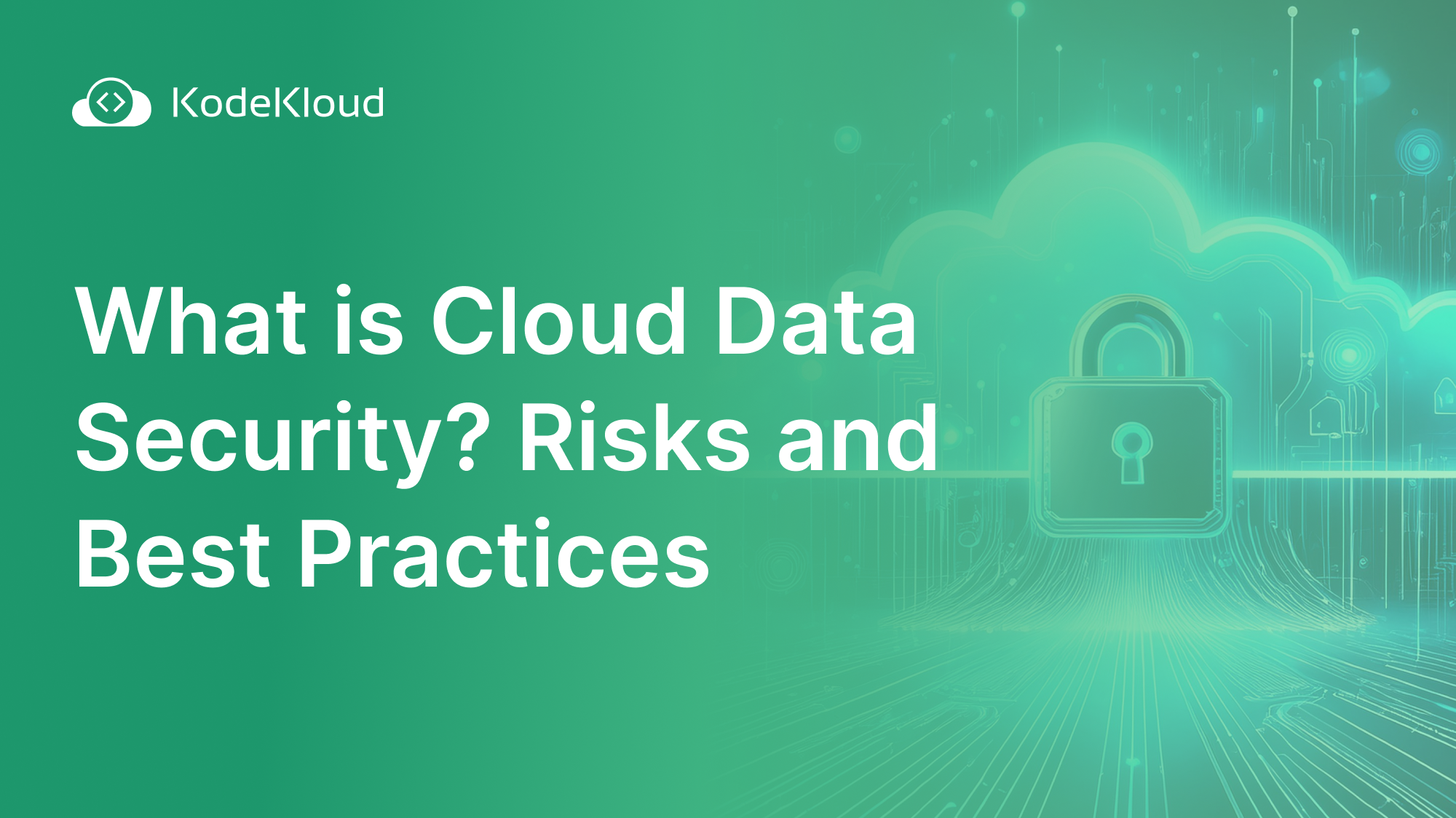
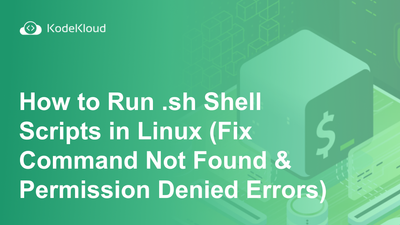

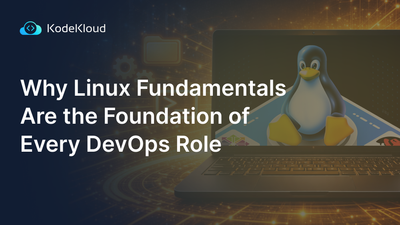

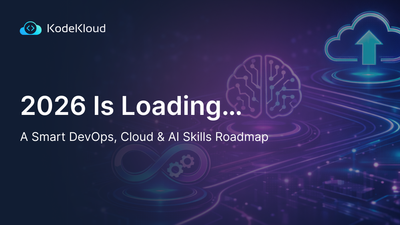
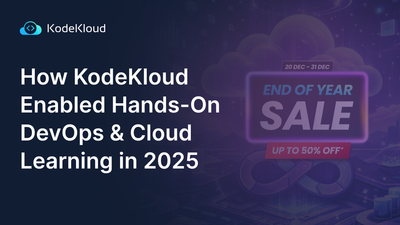
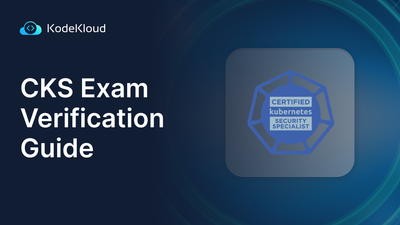


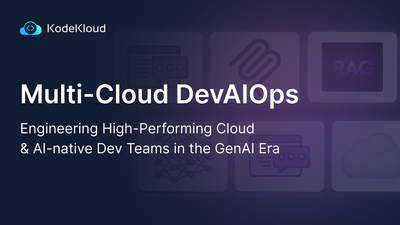


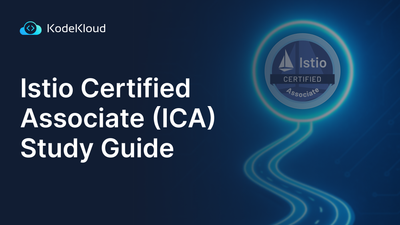
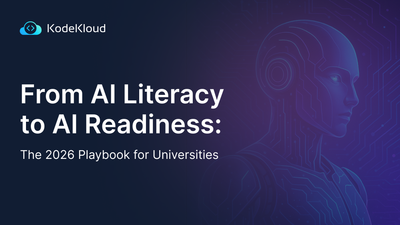

Discussion